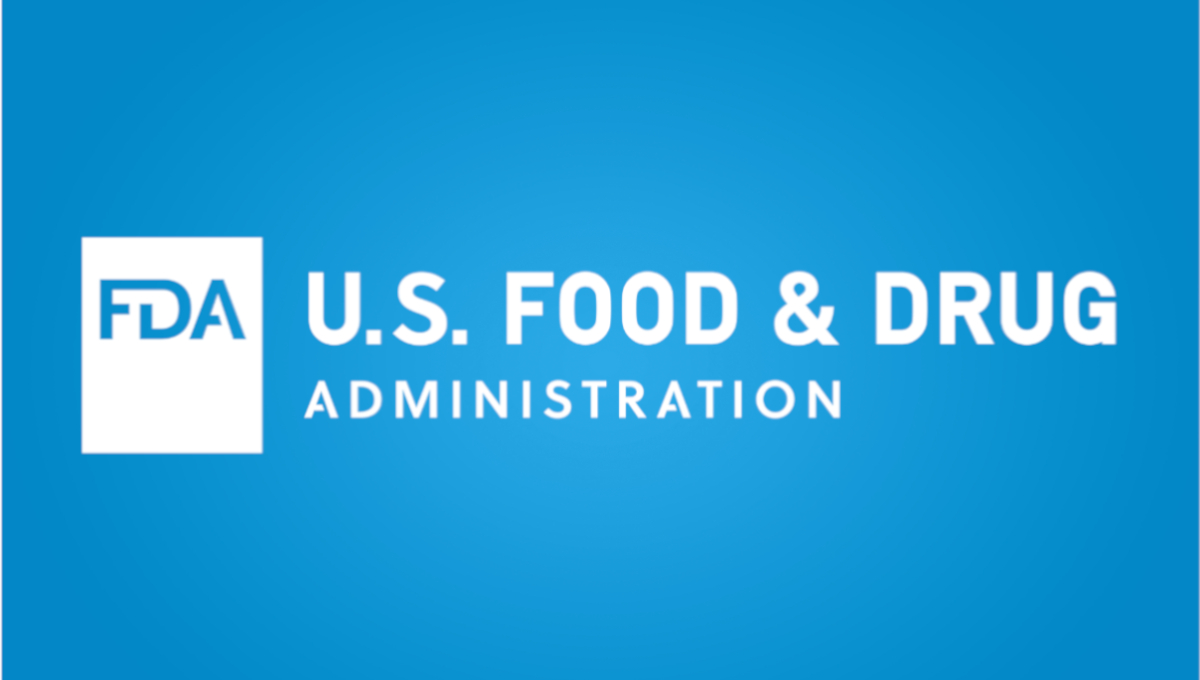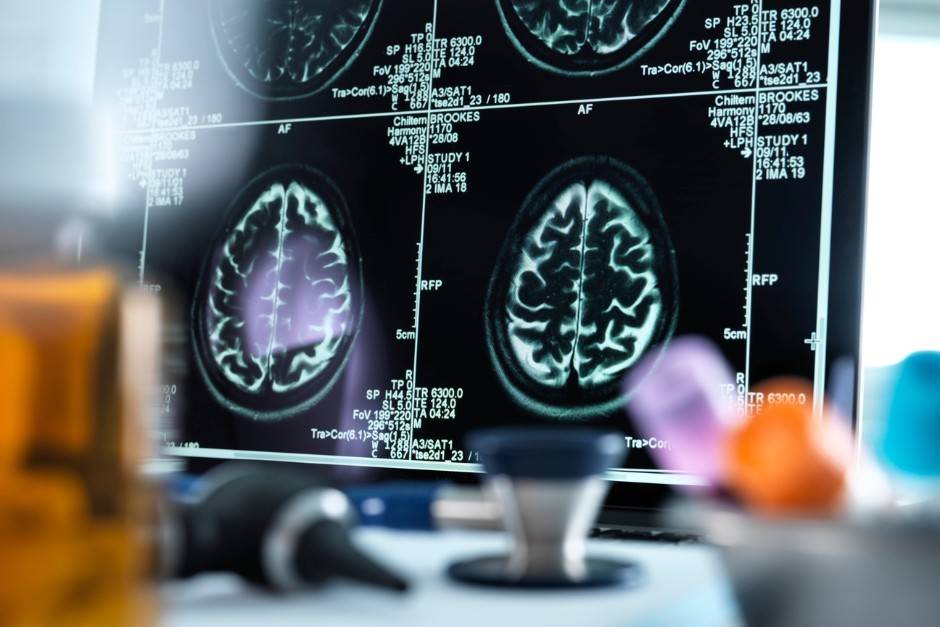The article highlights the aspects related to physical laboratory testing to be conducted by the parties responsible for magnetic resonance products to ensure they are safe and efficient when used for the initial intended purpose.

Table of content
The Food and Drug Administration (FDA or the Agency), the US regulating authority in the sphere of healthcare products, has published a guidance document dedicated to premarket notification submissions for magnetic resonance diagnostic devices (MRDDs).
The document provides an overview of the applicable regulatory requirements, as well as additional recommendations and clarifications to be taken into consideration by medical device manufacturers and other parties involved in order to ensure compliance thereto.
At the same time, it is important to mention that FDA guidance documents are non-binding in their legal nature, nor are they intended to introduce new rules or impose new obligations.
Moreover, the authority explicitly states that an alternative approach could be applied, provided such an approach is in line with the existing legal framework.
Electrical, Mechanical, Structural, and Related System Safety in Medical Devices
The guidance addresses, inter alia, the aspects related to electrical, mechanical, structural, and related system safety in the products covered by the scope of the guidance.
In particular, the authority mentions that when considering the safety of any medical device, specifically the MRDD, it is vitally important to closely align with standards recognized by the FDA.
These standards include, among others, the following ones:
- ANSI/AAMI ES60601-1 and IEC 60601-1
These standards describe in detail the requirements crucial for the basic safety and essential performance of medical electrical equipment.
It is important to emphasize that the IEC 60601-1 standard comes with national differences when applied within the US.
- IEC 60601-1-2
A supplementary standard focused on the effects and implications of electromagnetic disturbances. It is also important to mention that for the sake of further understanding the role of electromagnetic compatibility (EMC) in medical devices, the FDA has issued a separate guidance titled “Electromagnetic Compatibility (EMC) of Medical Devices”.Should the MRDD incorporate wireless communication, simply aligning with the IEC 60601-1-2 might not be enough because of the crucial need to ensure that such technology remains resistant to electromagnetic interference.The FDA provides additional guidance on this under the title “Radio-Frequency Wireless Technology in Medical Devices”.

Physical Laboratory Testing for Medical Devices
Another important matter addressed in the guidance relates to the physical laboratory testing the products should undergo.
The authority emphasizes the importance of establishing the substantial equivalence of MRDD which, according to the document, involves a series of performance tests:
A. Performance
Imaging Metrics:
- Signal to Noise Ratio (SNR)– It measures the clarity of the signal in the images. Both the measured SNR value and the pre-determined criteria for acceptance are fundamental.
- Geometric Distortion – an aspect referring to ensuring that the images are true to the original shape in various orientations: sagittal, coronal, and transverse.
- Image Uniformity– As it is stated in the document, consistency in imaging is vitally important. This metric ensures uniform representation throughout the image.
- Slice Thickness using FWHM – ensures precision in the imaging slices.
- Spatial Resolution– This parameter describes the clarity of the image, especially when using clinical pulse sequence protocols with a minimal field of view.
- Image Contrast Validation– For newer imaging sequences, it is vitally important to demonstrate their fidelity, especially in differentiating between different tissue types.
- Spectroscopy– Considering the lack of standardized magnetic resonance spectroscopy tests, the FDA has proposed several performance tests. These include such metrics as Spatial Localization Accuracy, Spectral Resolution, Signal to Noise Ratio, Water Suppression, Decoupling, and Spectral Data Processing.
B. Safety
According to the guidance, ensuring the safety of MRDD involves a multi-faceted approach:
- Acoustic Noise – Monitoring the noise levels produced by the device is crucial to ensure patient comfort and safety.
- Gradient-induced Nerve Stimulation – Especially for powerful gradient systems, it is essential to understand their effect on the human nervous system.
- RF Energy Deposition involves measuring Specific Absorption Rate (SAR) values – indicates how much RF energy is absorbed by the body.
The type of coil used (volume-transmit, surface transmit, or multi-channel transmit) can change the measurement and reporting requirements - Surface Heating of RF Receive Coils – As RF coils can heat up during scans, it is important to measure and control this heat to ensure patient safety.
- Biocompatibility– Any material that may come into contact with a patient needs to be biocompatible, ensuring no adverse reactions.
- Fixed Parameter Options – If the MRDD has fixed operating parameters, it is important to ensure they operate within the prescribed limits.
Conclusion
In summary, the present FDA guidance outlines a wide range of tests MRDDs should undergo to ensure their safety and proper performance. The document also describes the variety of parameters to be taken into consideration by medical device manufacturers when assessing their products.
How Can RegDesk Help?
RegDesk is a holistic Regulatory Information Management System that provides medical device and pharma companies with regulatory intelligence for over 120 markets worldwide. It can help you prepare and publish global applications, manage standards, run change assessments, and obtain real-time alerts on regulatory changes through a centralized platform. Our clients also have access to our network of over 4000 compliance experts worldwide to obtain verification on critical questions. Global expansion has never been this simple.
Want to know more about our solutions? Speak to a RegDesk Expert today!
–>
- SEO Powered Content & PR Distribution. Get Amplified Today.
- PlatoData.Network Vertical Generative Ai. Empower Yourself. Access Here.
- PlatoAiStream. Web3 Intelligence. Knowledge Amplified. Access Here.
- PlatoESG. Carbon, CleanTech, Energy, Environment, Solar, Waste Management. Access Here.
- PlatoHealth. Biotech and Clinical Trials Intelligence. Access Here.
- Source: https://www.regdesk.co/fda-guidance-on-premarket-notifications-for-mrdd-testing/



